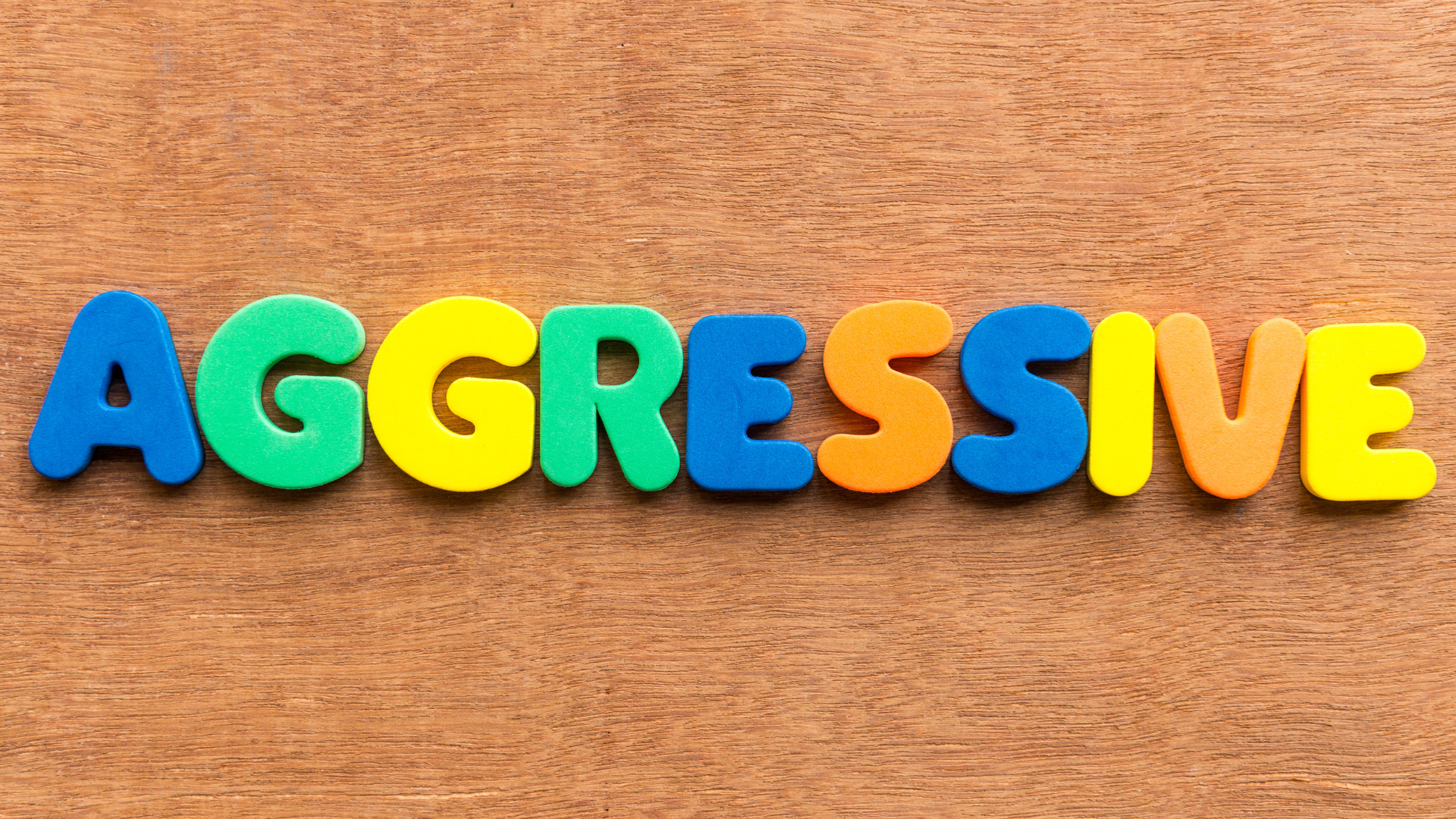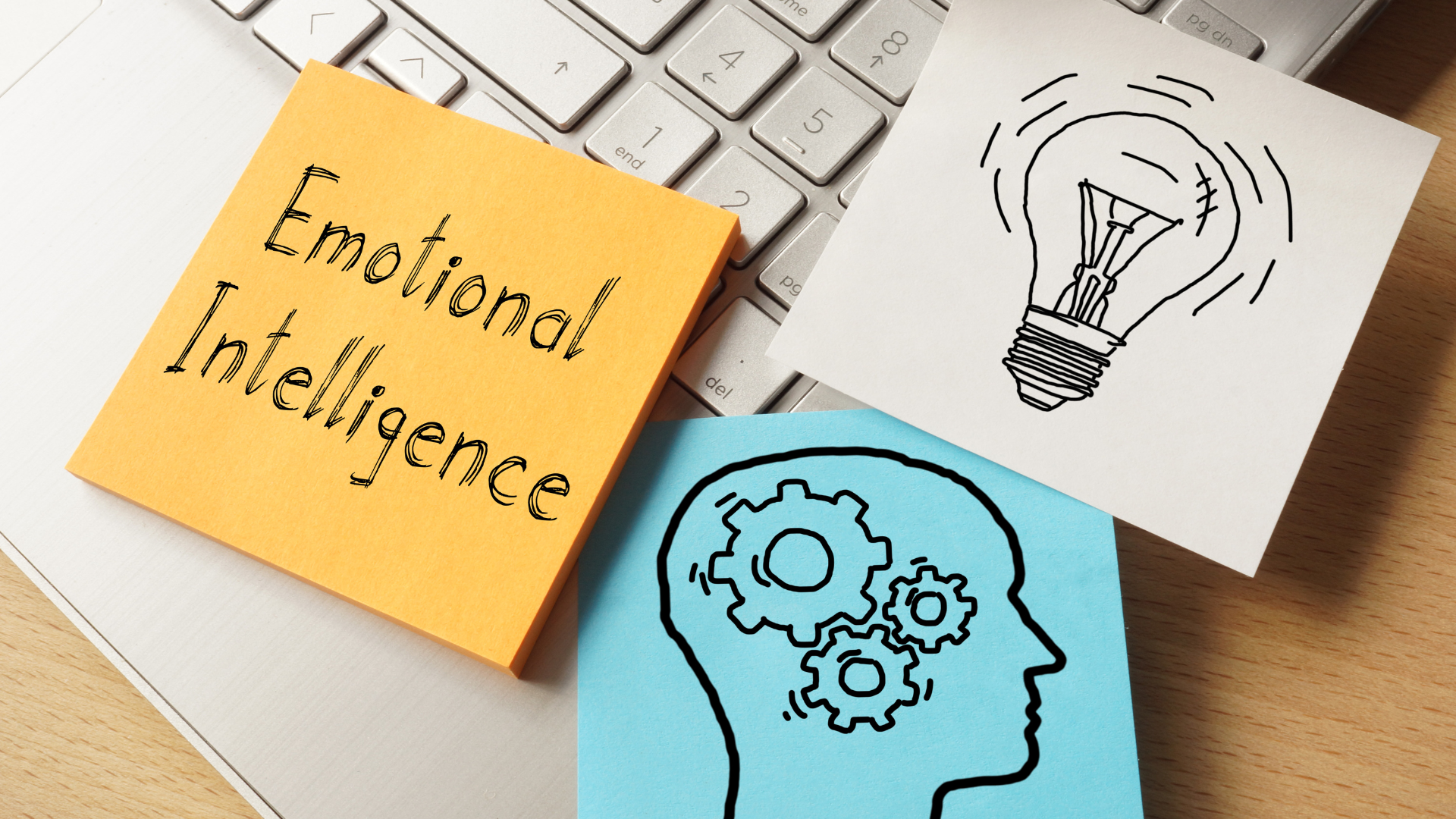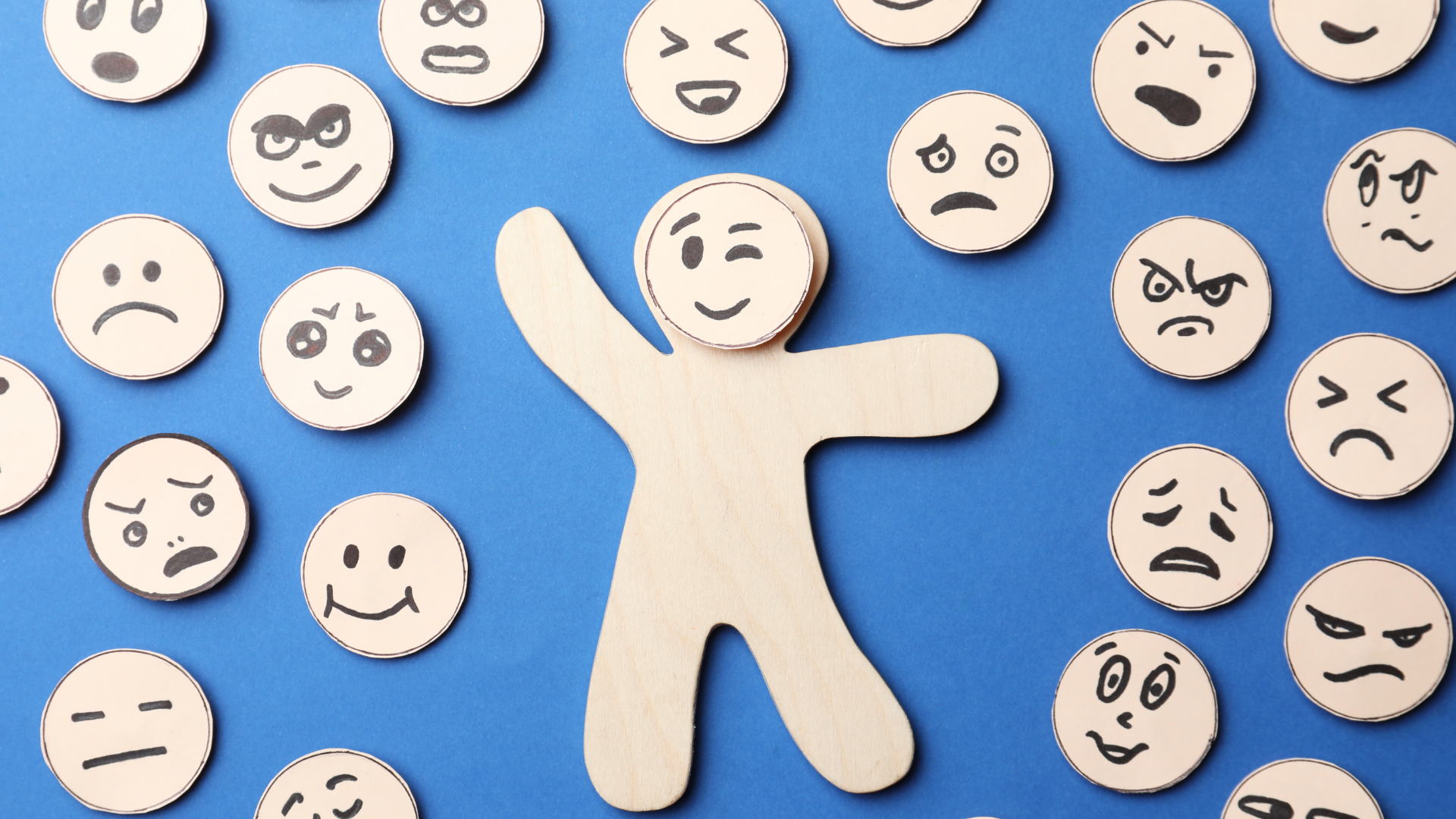EQ Explained… It starts with emotions
What is emotional intelligence?
We call it EQ which stands for Emotional Quotient others refer to it as EI (emotional intelligence). No matter what you call it, it comes down to the same thing. The free dictionary onlinegives the following definition:
“ EQ abbreviation for (Psychology) emotional quotient, a (notional) measure of a person's adequacy in such areas as self-awareness, empathy, and dealing sensitively with other people.
”
It all comes down to emotions and how to deal with them.
Understanding the impact of emotions
The one thing that we all must realize is that we all have emotions. Yes, even the people who go through life with expressionless faces and who we all refer to as emotionless. (There is a vast difference between suppressing emotions and learning how to control it.) Human beings all have emotions. That is how we were created. Just think for a moment how dull and grey our world would have been without any emotion. Yes, there wouldn’t be any jealousy, anger outbursts or fear, but there will also be no laughter, no joy, no excitement. Be thankful we have emotions!
It is important to note that there is no such thing as a bad emotion. All emotions serve a purpose and, in moderation, can help you to achieve your life’s goals or a specific purpose. Like all things in life, the secret is balance. You might get so angry about the crime in your area that you decide to join the local Community Policing Forum, which means a good thing came out of your anger. If, however, you punch someone because you are angry, it means your anger got the better of you.
The biggest problem with emotions starts in your brain. Lynette Beer, motivational speaker, writer and EQ4Kids Director, explained it so well in her book “ If you want to you can”: “The emotional side of the brain reacts 80 000 times faster than the logical side of the brain. The human brain is the most complex entity in existence and involves different parts that do different things. Threat-based emotions, such as fear and anxiety, are designed to be easily aroused and even suppress positive emotions.
We live in a world where terrible things that we never meant to happen, happen to people all the time. We live in an imperfect world, childhood trauma, stressful life events, harsh words and feeling misunderstood and lonely disturb the chemical balance in our brains. Because of this, the brain may tell us that there is far more danger than there actually is, we panic – and we start believing that we are inferior and worthless.
How our emotions work against us
The brain consists of three components - the old brain, the midbrain, and the new brain. The old brain – also called the reptilian brain – controls our respiration, heart rate, sleep, and other primitive functions. The area known as the midbrain is involved in the production and governance of emotions. The new brain consists mainly of our cerebral cortex. The biggest difference between humans and other mammals is the size of the new brain – and specifically our frontal lobes. These lobes are involved in processing information, learning, and making judgments.
Anxiety is focused on threats; it gives us a sense of urgency, prompting us to do something to escape the potential threat. Threats activate the old brain, or what neurologists call the “reptilian” brain. Now what makes us human is that we have frontal lobes that have developed to allow us the capacity for rational thought and free choice, but that doesn’t change that the primitive part of our brain is still very powerful and necessary for our survival.
Imagine an animal in the wild enjoying a lovely lunch of fruits and grasses, and while this is happening the animal hears a twig break. This could be a result of many things, but what if it’s a lion? That’s where the “reptilian brain” kicks in, making the animal think worst case scenario because the couple of seconds it would take for the animal to look up and assess the situation would cost the animal it’s life. So, threat-based emotions, such as fear and anxiety, are designed to be easily aroused and even suppress positive emotions. This happens in so many areas of life, doesn’t it? We have an argument with someone we love and when in an angry state of mind, we forget the good side of that person.
Whenever you feel a certain emotion, a whole system is activated. This system includes the thoughts and images that enter your mind, the memories you access, the aspects of yourself or the surrounding world that you focus on, the bodily and mental sensations you experience. For example, training your attention on possible threats is likely to increase the chance of anxious thoughts popping into your mind, and vice versa.
Understanding helps you change
Understanding how emotions work gives you plenty of opportunities to make changes. Changing even one aspect of the system can make changing other parts easier. If we pay attention to our thoughts and feelings we can actually recognise which brain systems are turned on (platform of light and darkness). We are capable of great cruelty and great compassion. We are capable of quiet confidence or paralyzing fear. We are capable of forgiveness or vengeful anger. We are capable of reflective thoughtfulness or impulsive thoughtlessness.
We always have a choice. We can choose a platform of light or a platform of darkness. Even though it might not feel like it when strong emotions of fear and anger take over, the human brain contains frontal lobes that allow us the capacity for rational thought and free choice. It doesn’t change that the primitive part of our brain is still very powerful and even necessary (for our survival). But we get it all wrong, and we allow that part of our brains to control our lives and keep us trapped in anger and fear.
Ps. This is the first article in a series called EQ explained. Next time we are going to look at the two major emotional bullies, anger and fear.
Share Post
Complete the following form if you require more info about EQ4kids or want to enroll your child at your nearest Franchise.
Blog Enquiry










